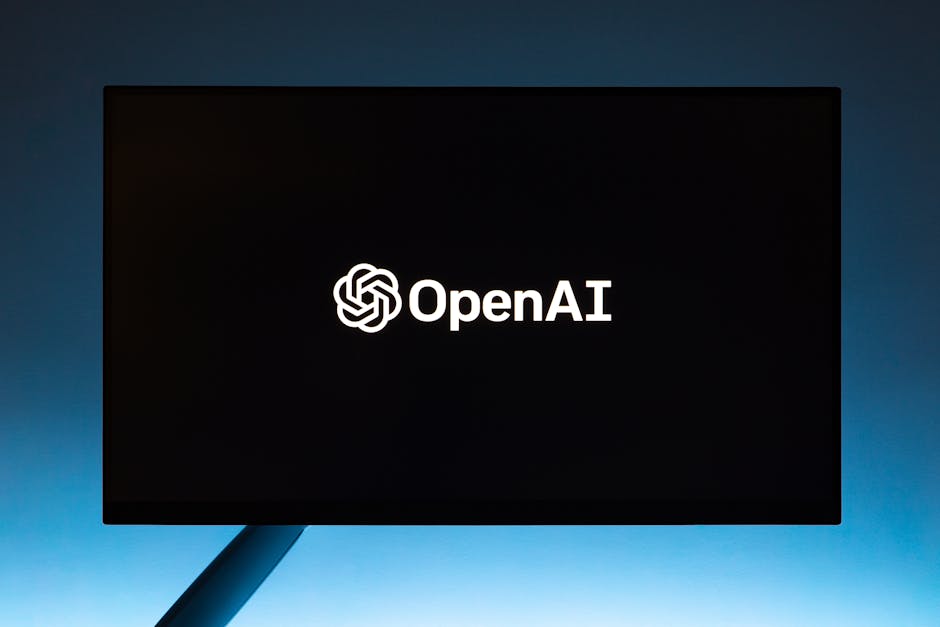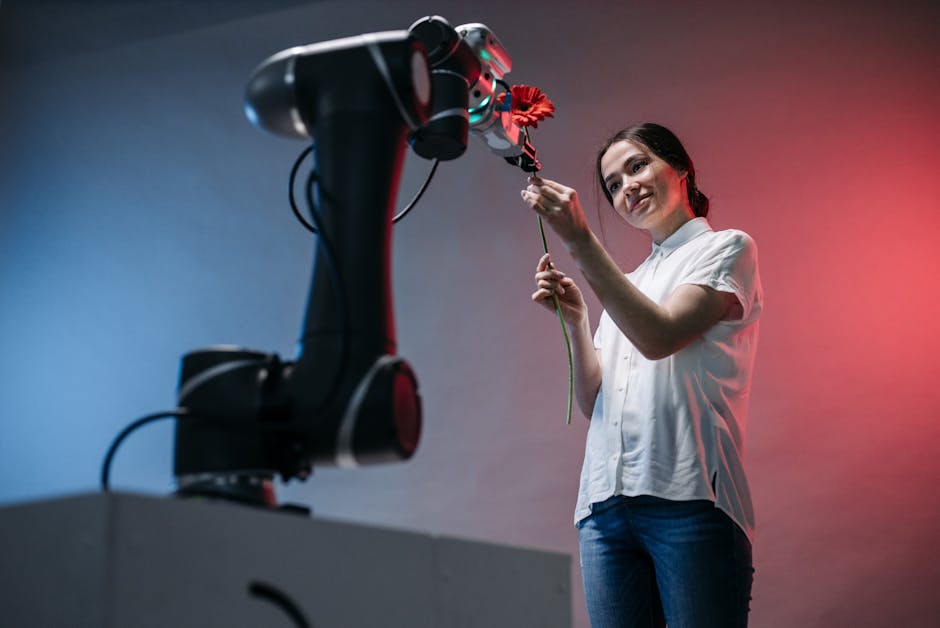The Future of AI in Advocacy Work: How Technology is Changing the Game
Imagine a world where artificial intelligence (AI) can help advocacy organizations make a bigger impact, reach more people, and drive real change. This is the future we are heading towards, where technology is revolutionizing the way we advocate for important causes.
What is AI and How Does it Fit into Advocacy Work?

AI is a term used to describe machines that are capable of learning and performing tasks that typically require human intelligence. In advocacy work, AI can be used to analyze data, predict trends, and personalize communication with supporters.
For example, imagine an advocacy organization fighting for environmental conservation. By using AI, they can analyze vast amounts of data to identify patterns and trends in deforestation. This information can then be used to create targeted campaigns and strategies to address the issue more effectively.
How is AI Changing the Landscape of Advocacy Work?

The future of AI in advocacy work is bright, with technology offering new opportunities to make a real difference. Here are some ways AI is changing the game:
- Personalized Communication: AI can analyze supporter data to personalize communication and tailor messages to individual preferences.
- Data Analysis: AI can crunch large amounts of data quickly, helping organizations make informed decisions and prioritize their efforts.
- Automation: AI can automate mundane tasks, freeing up time for advocates to focus on more strategic initiatives.
- Predictive Analytics: AI can forecast future trends and outcomes, allowing organizations to plan ahead and anticipate challenges.
Real-Life Examples of AI in Advocacy Work

Let’s look at some real-life examples of how AI is being used in advocacy work:
1. The American Red Cross uses AI to analyze social media data during disasters to identify areas in need of assistance and coordinate relief efforts more efficiently.
2. Amnesty International utilizes AI to personalize emails and messages to supporters based on their interests and donation history, leading to increased engagement and donations.
Challenges and Opportunities in Using AI for Advocacy

While the potential benefits of AI in advocacy work are immense, there are also challenges that organizations need to navigate:
- Data Privacy: Organizations must ensure that the data they collect and analyze using AI is protected and used ethically.
- Equity and Bias: AI algorithms can perpetuate biases present in the data they analyze, leading to unfair outcomes. Organizations need to be vigilant in addressing these issues.
- Cost and Accessibility: Implementing AI technologies can be costly, posing a barrier for smaller advocacy organizations. Finding ways to make AI more accessible is crucial.
How You Can Get Involved in the Future of AI in Advocacy Work
Interested in being a part of this exciting future? Here are some ways you can get involved:
- Stay Informed: Keep up-to-date with the latest advancements in AI and how they are being used in advocacy work.
- Advocate for Ethical AI: Push for transparency and accountability in the use of AI to ensure that it is being used responsibly.
- Volunteer Your Skills: If you have expertise in AI or data analysis, consider volunteering your skills to help advocacy organizations leverage technology more effectively.
The Future is Now
The future of AI in advocacy work is already here, and it’s changing the way we approach important issues and create meaningful change. By embracing technology and harnessing the power of AI, advocacy organizations can reach new heights in their mission to make the world a better place for all.
Are you ready to be a part of this exciting journey?




